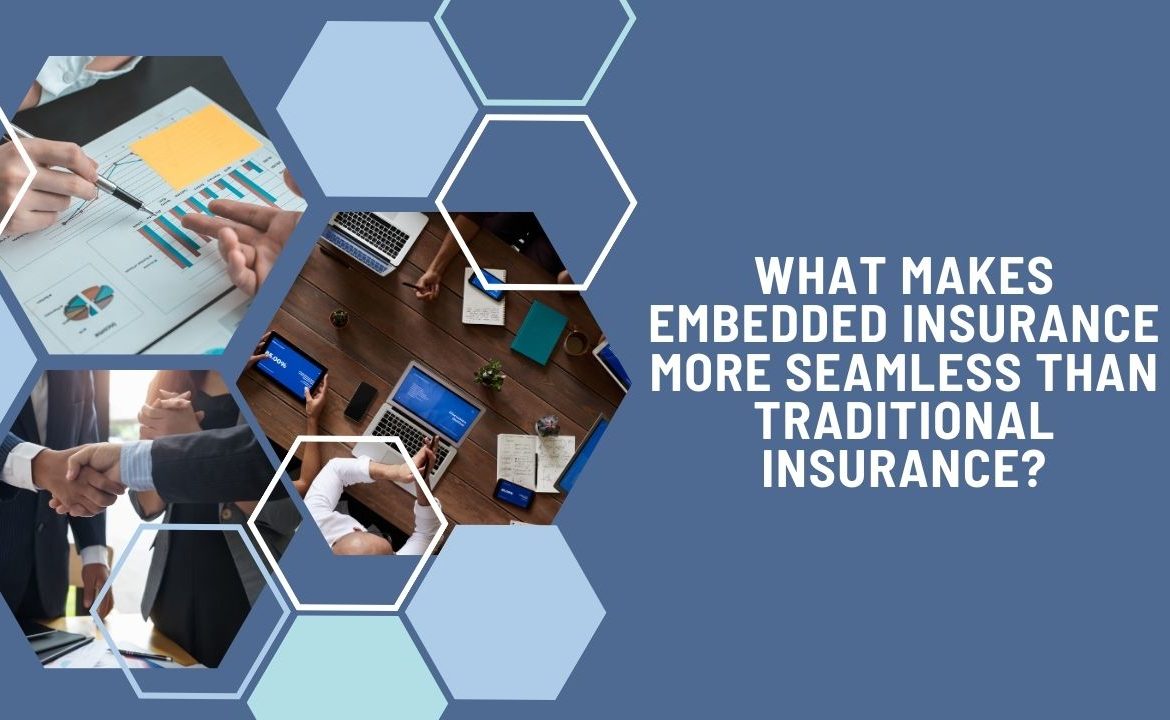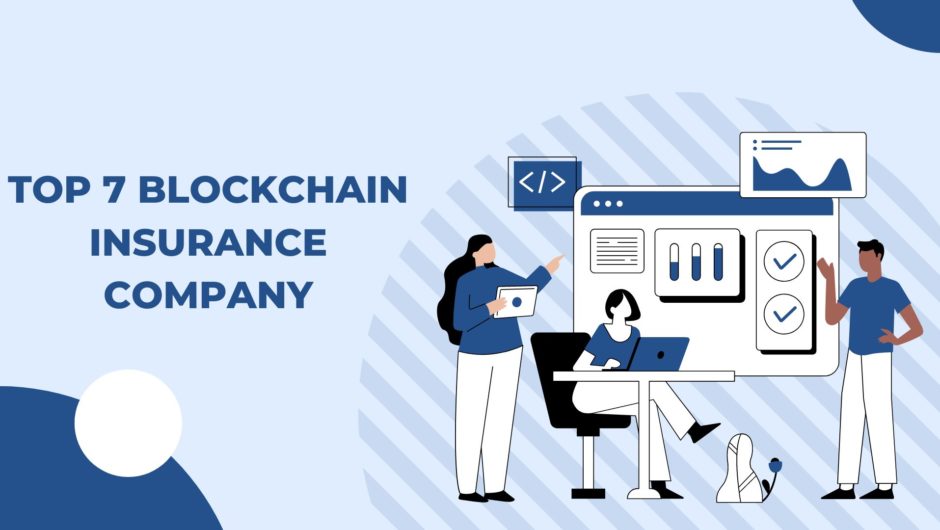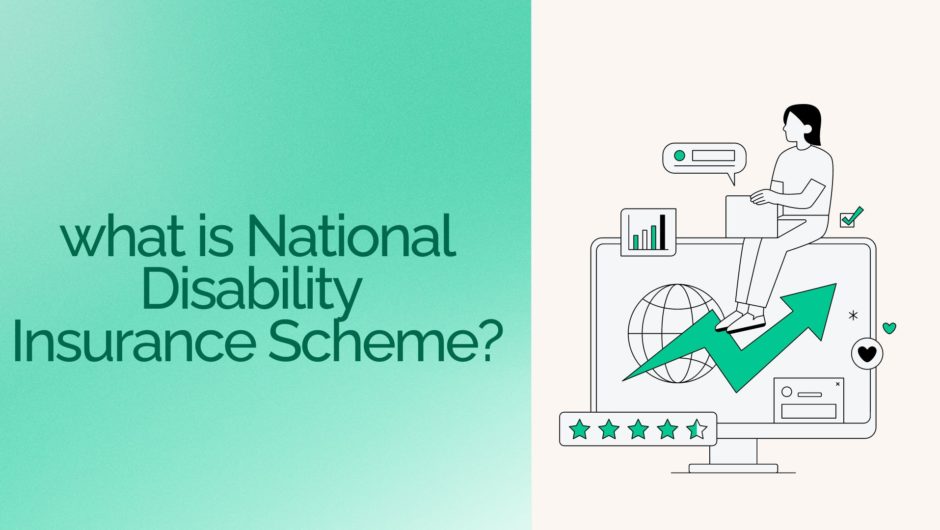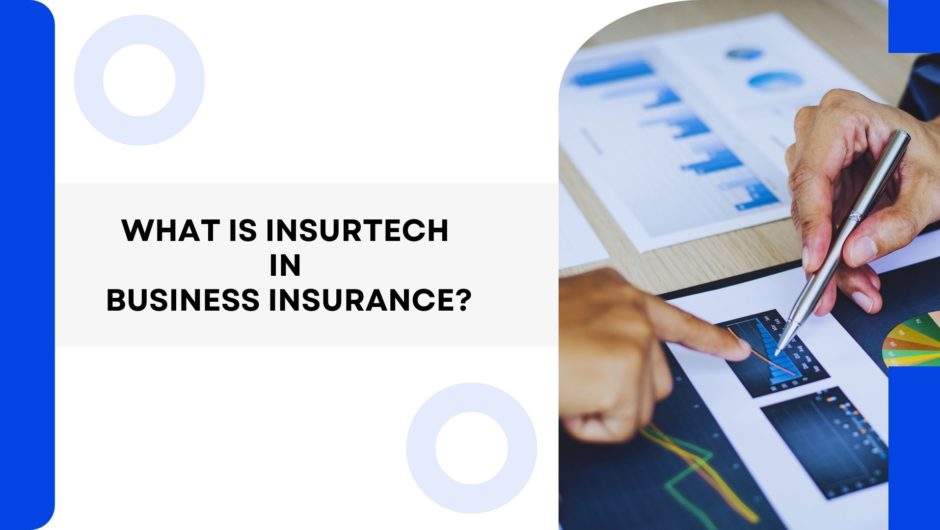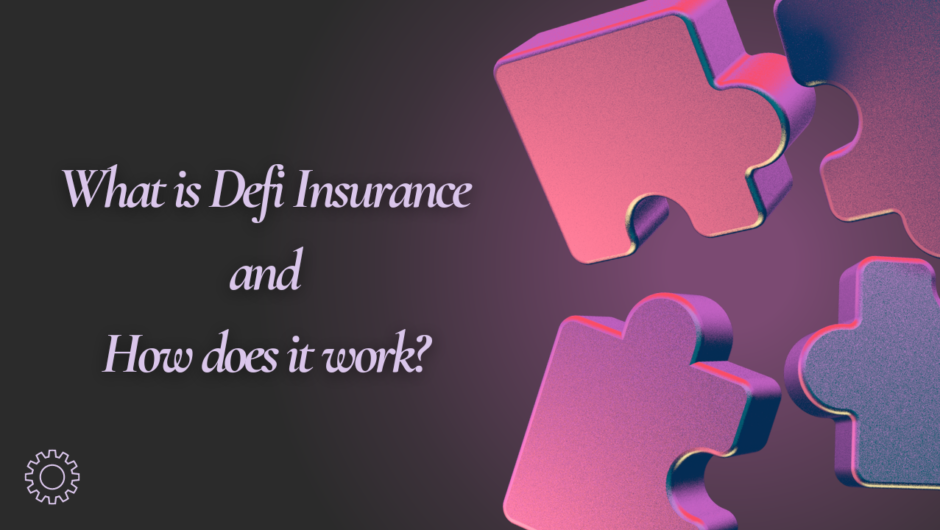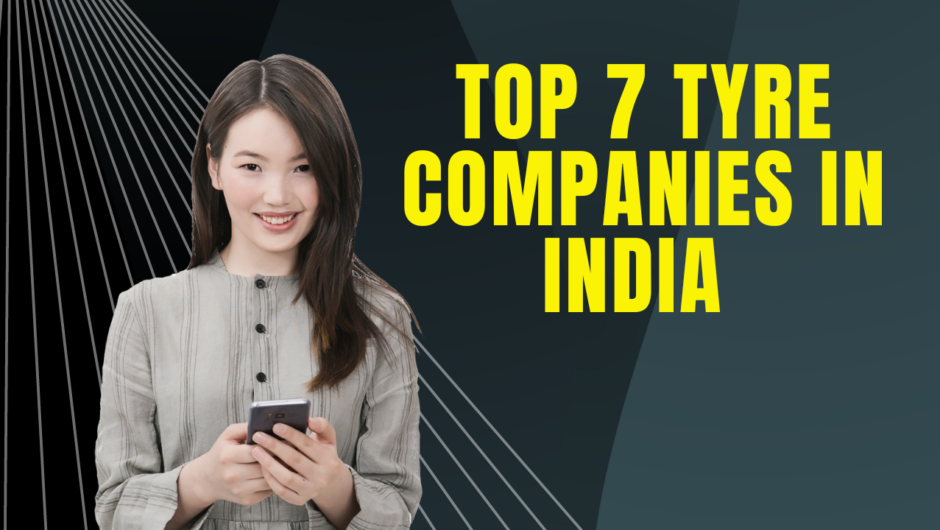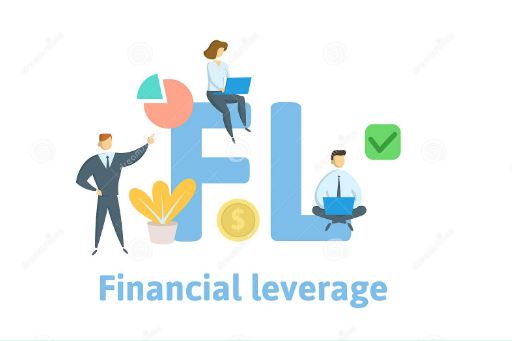Embedded insurance is progressing the insurance industry by integrating coverage directly into the purchase process of products and services, making it more seamless than traditional insurance. Unlike the conventional model, which requires separate steps to obtain coverage, embedded insurance is automatically offered at the point of sale, eliminating the need for additional paperwork or lengthy procedures. This streamlined approach not only enhances customer experience by reducing friction but also increases accessibility to insurance products. As a result, consumers enjoy instant protection tailored to their specific needs, making insurance a natural extension of their everyday transactions.

Understanding Embedded Insurance
Embedded insurance refers to the integration of insurance products directly into the purchase of goods or services. It is offering coverage as part of a seamless transaction. Instead of purchasing insurance separately, consumers receive it automatically during their primary buying process. Whether it’s for a new gadget, travel booking, or a car rental. This model simplifies access to insurance by making it a natural part of the buying journey.
The integration involves embedding insurance offers within platforms and services that consumers already engage with. For example, when booking a flight online, travelers might be presented with an option to include travel insurance as part of the booking process. This approach leverages existing digital ecosystems to provide relevant insurance coverage without additional steps. This is making the process more intuitive and less time-consuming for the consumer.
Advantages of Embedded Insurance
- Instant Coverage: Embedded insurance provides immediate protection at the point of sale. Eliminating delays and ensuring consumers are covered from the moment of purchase.
- Seamless Experience: By integrating insurance into the purchase process. Embedded insurance reduces the need for separate applications and paperwork, creating a smoother, more user-friendly experience.
- Increased Accessibility: Consumers are more likely to opt for insurance when it’s conveniently included with their purchase. Leading to higher uptake and broader coverage.
- Personalized Offers: Embedded insurance can be tailored to fit the specific product or service being purchased, offering relevant coverage that meets the consumer’s immediate needs.
- Enhanced Convenience: Simplifies the insurance acquisition process by removing additional steps. This is allowing consumers to focus on their primary transaction without having to seek out and compare separate insurance options.
- Better Integration: Leveraging existing digital platforms ensures insurance offers are presented in context, making them more relevant and easier to understand.
Comparison between Embedded vs. Traditional Insurance
| Aspect | Embedded Insurance | Traditional Insurance |
|---|---|---|
| Purchase Process | Integrated into the purchase of goods/services | Separate process requiring additional steps |
| Customer Experience | Seamless and intuitive | Often involves multiple steps and paperwork |
| Coverage Activation | Instant at the point of sale | Requires separate application and approval |
| Accessibility | Higher uptake due to convenience and relevance | Lower uptake due to complexity and effort |
| Customization | Tailored to the specific product/service | Generally more generic and requires additional customization |
| Administrative Effort | Minimal for consumers | Higher for consumers due to separate applications and approvals |
| Integration | Embedded within existing digital platforms | Often standalone, requiring additional engagement and management |
Some Case Studies and Examples
1. Travel Insurance with Flight Bookings: Many airlines and travel booking platforms now offer travel insurance as part of the booking process. For instance, when booking a flight on platforms like Expedia, travelers are presented with an option to add travel insurance seamlessly. This integration ensures coverage for trip cancellations, delays, and other travel-related issues without requiring a separate purchase.
2. Device Protection with Electronics Purchases: Retailers like Best Buy and Amazon offer device protection plans directly at checkout. When buying a new smartphone or laptop, customers can opt for insurance coverage that includes accidental damage and theft. This embedded approach simplifies the decision-making process and provides immediate protection.
3. Car Rental Insurance: Rental car companies like Hertz and Enterprise provide insurance options during the booking process. Customers can easily add collision damage waiver and liability coverage. Streamlining the rental experience and ensuring they are adequately covered from the start.
Future Trends in Embedded Insurance
1. Increased Personalization: Advances in data analytics and AI will drive more personalized insurance offers, tailoring coverage to individual consumer behaviors and preferences, making embedded insurance even more relevant.
2. Expansion to New Sectors: Embedded insurance will likely expand beyond current applications, incorporating coverage into more sectors such as real estate, subscription services, and even everyday consumer goods.
3. Enhanced Integration with Technology: Integration with emerging technologies like blockchain and IoT will further streamline the insurance process, enhancing transparency, reducing fraud, and improving claims management.
4. Greater Focus on User Experience: As competition intensifies, companies will increasingly focus on enhancing user experience, making embedded insurance more intuitive and accessible, thereby driving broader adoption and integration into various consumer touchpoints.
Conclusion

Hello, I am Tanisha Kriplani, graduated in computer science from Delhi University. I am passionate about web content writing and have a strong interest in Data Analytics and Data Engineering.

